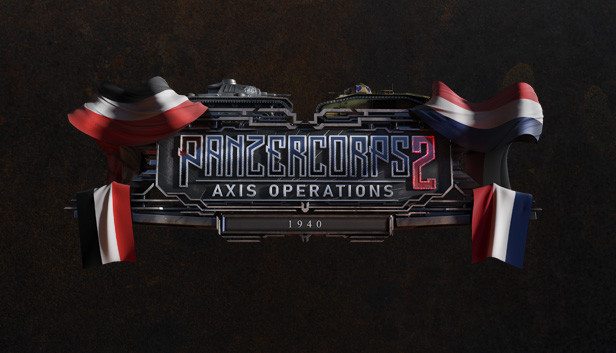


I move my artillery into position, use it to suppress the enemy (at great loss to myself) and finally use my best units to work down the remaining defenders. As I mentioned yesterday, taking key points is a multistep process now. It makes sense: I don’t expect to starve major cities in merely a few days. Sometimes city hexes contain their own supply point, so I can’t cut them off and wait a few turns. The snowy weather, entrenchment bonuses, and city defense bonuses make it difficult to roll over important objectives.
UNITY OF COMMAND 2 VS PANZER CORPS 2 HOW TO
The Germans still know how to dig in, too. I still have a lot to think about as I push across Europe. I have to carefully screen these elite units to avoid bogging down my advance or leaving myself open to a counterattack.

Kiev, for example, seems easy until the cavalry arrive. Red Turn includes many scenarios with strong armored units bolstered by heavy attachments. Nothing represents that better than the theme of schwere Panzer divisions: elite heavy tank units that quickly maneuver and smash my best troops. Joking aside, it’s clear that Germany won’t get to take another turn. In each new scenario, I push the Axis back at a steady rate. Red Turn demonstrates this theme to me throughout the campaign. The analogy I’ve seen for this collapse is the Wagner opera, Gotterdammerung. The final German defense looks like a chaotic hodgepodge of defenders rather than an epic clash between equals. But it still sucks to get that sinking feeling when I know I won’t make it in time.Įventually, the Soviets reach Berlin. I suppose military leadership is like that sometimes. Achieving major victories takes a shrewd understanding of the units, a dash of boldness, and a little luck. When I fail to achieve a decisive victory that way, I can almost picture my Soviet commander screaming at me for cowardly holding back my best units: We gave you our best corps to drive forward, comrade! The infantry are there to throw their lives away for the objectives in the rear. At Bagration, I left too many units to take Minsk and sent too few to take the last two objectives. I have to think ahead to make sure I have troops near the final objectives on the last turn. But the challenge is achieving objectives on time. I have overwhelming numerical superiority in most of the scenarios. After that, the gameplay takes a different turn. This is the tipping point in the campaign. The German Panzer divisions can’t be everywhere at once. The Soviets attack on two fronts and flood through the breach. That changes in the Rovno-Korsun scenario.

It all feels like the original game, Stalingrad Campaign. Red Turn represents that with an independent scenario outside of the campaign, called Zhitomir. Historically, the Germans counterattacked after the Soviet advance at Kiev. Kiev, for example, is an intricate slog that makes it difficult to take the objectives on time. The Germans eventually put up a good fight in some of the other scenarios. You’ll be happy to know that Red Turn begins with an easy one, Rumyantsev. Modern videogames don’t normally start like that. The first battle was 2nd Kharkov, listed as a “hard” scenario. The campaign in the original Unity of Command started with a bit of a shock. It took a lot of work to eject tough units from key positions.Īfter the jump, play along for a history lesson. Nimble veteran armored divisions impeded my plans at every turn. Or was it? The other theme was how the Axis still had some punch left. After that, the Soviet advance felt inevitable. One was the tipping point I noticed partway through the campaign. Well, it does sound pretty great when I put it like that.ĭuring the hefty campaign in Red Turn, I picked up on two themes. They’d probably release three challenge maps, a few new costumes, and charge 1600 Ruble Points for it. That merely embarrasses every other game developer that releases DLC. I spent as much time on Red Turn - if not more - than I did on Stalingrad Campaign. Playing the campaign feels like the multiyear ordeal that it describes. Often the battles began with Soviet units stacked 4 or 5 deep against thin German lines. I had to manage multiple fronts in many of the scenarios. The scenario pictured above, To The Dniester, has 816 steps between the two sides. The distances and the size of the armies in each scenario are mind-boggling. Red Turn feels like a late-war Eastern Front game.


 0 kommentar(er)
0 kommentar(er)
